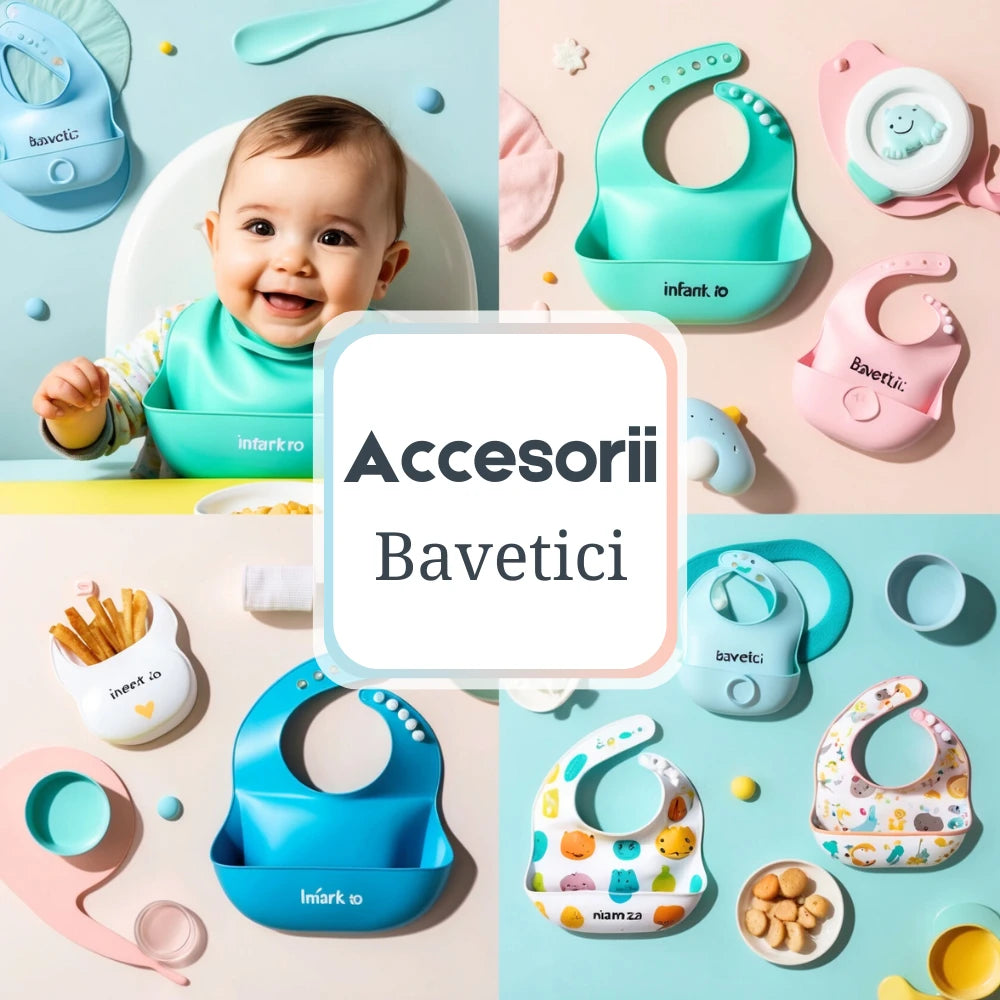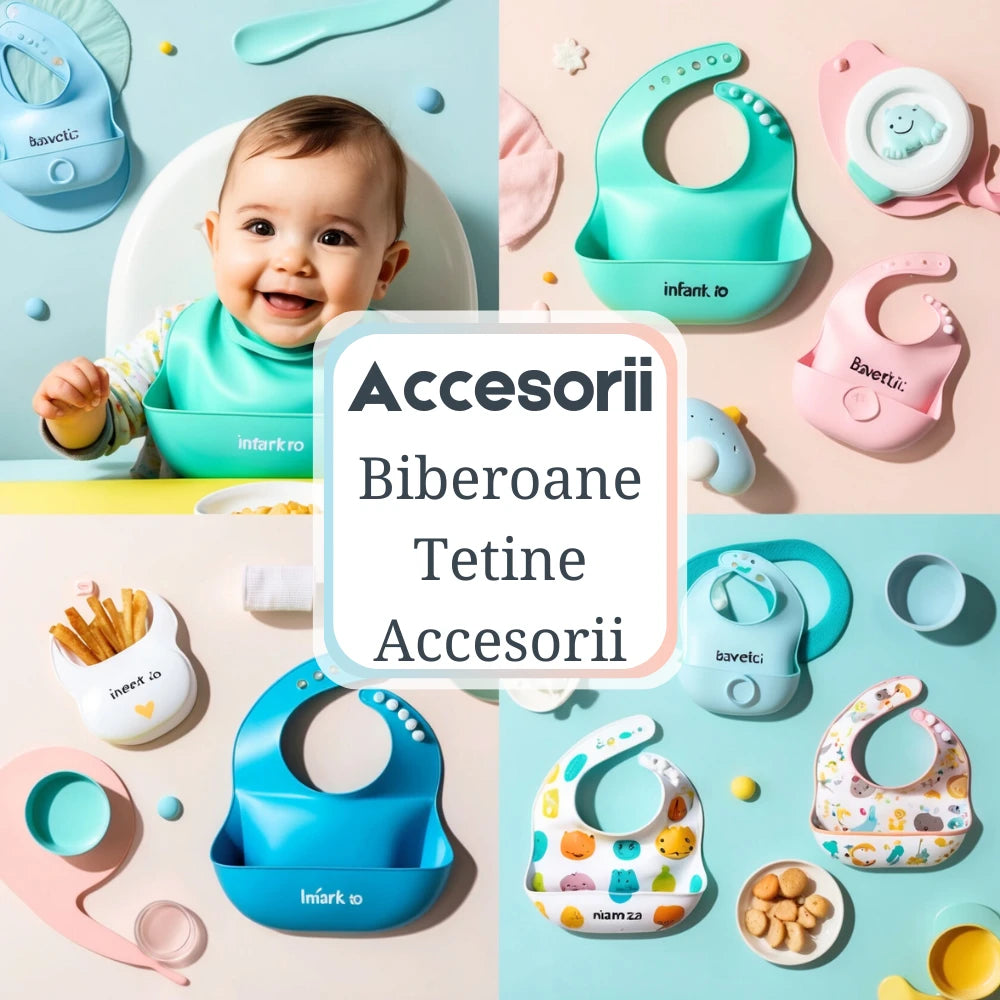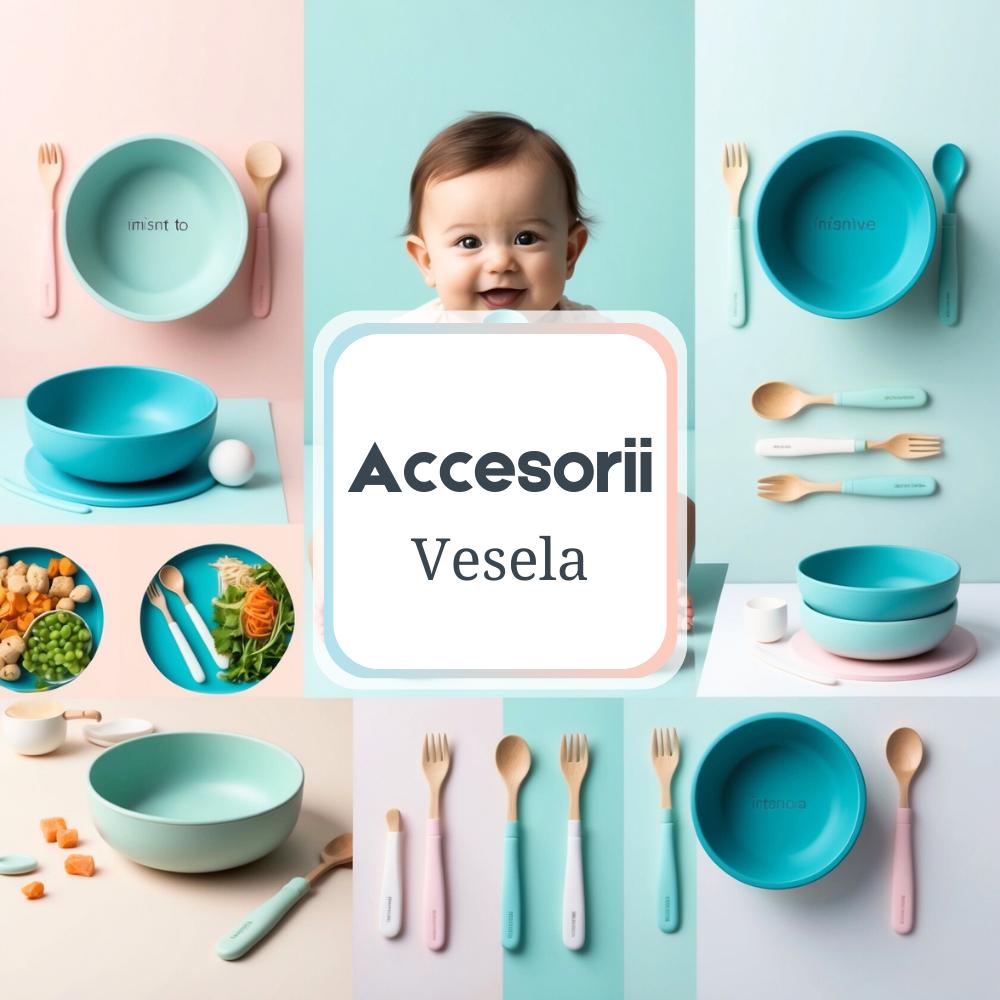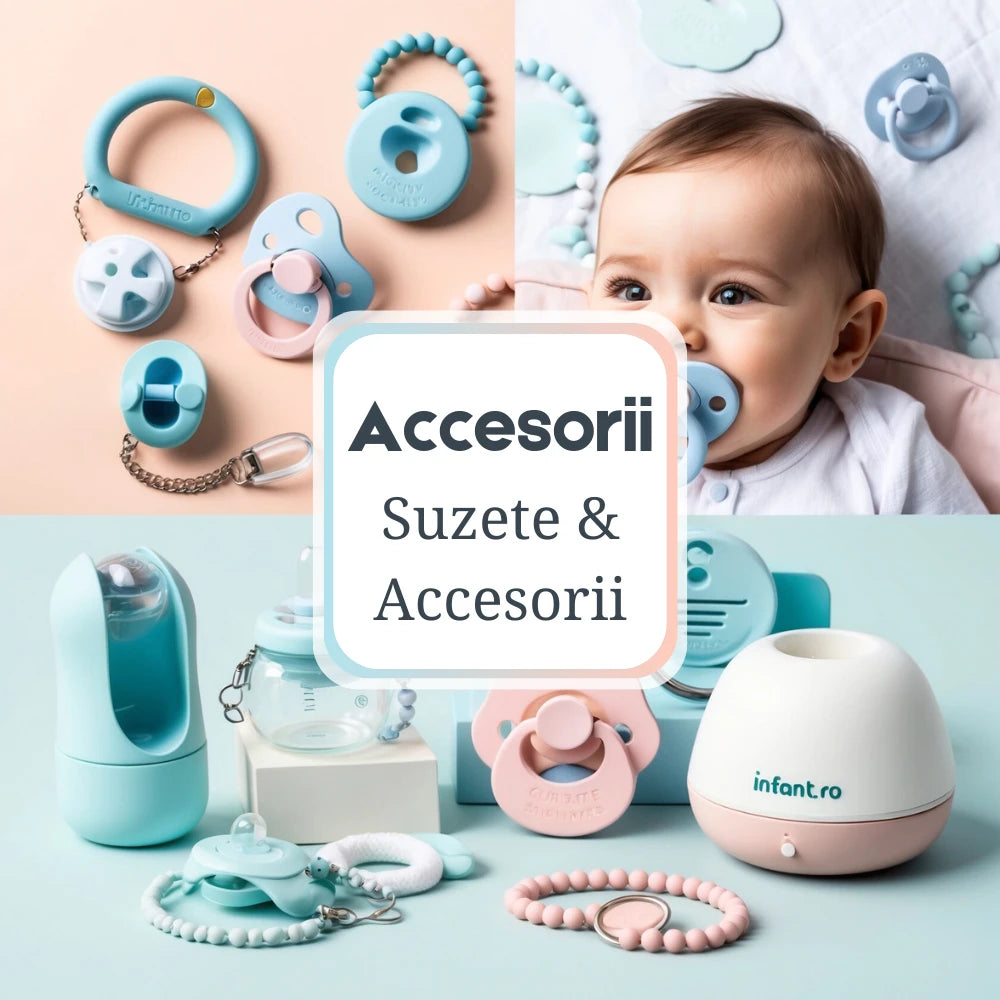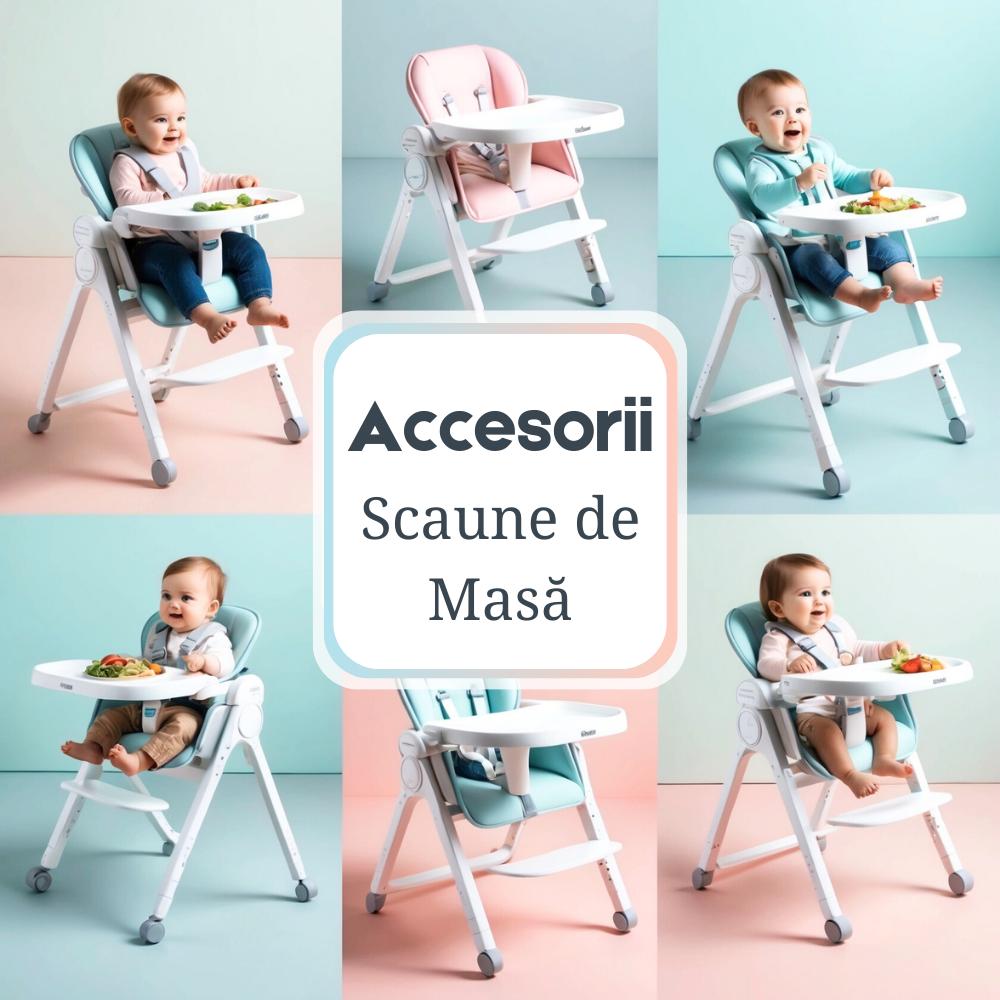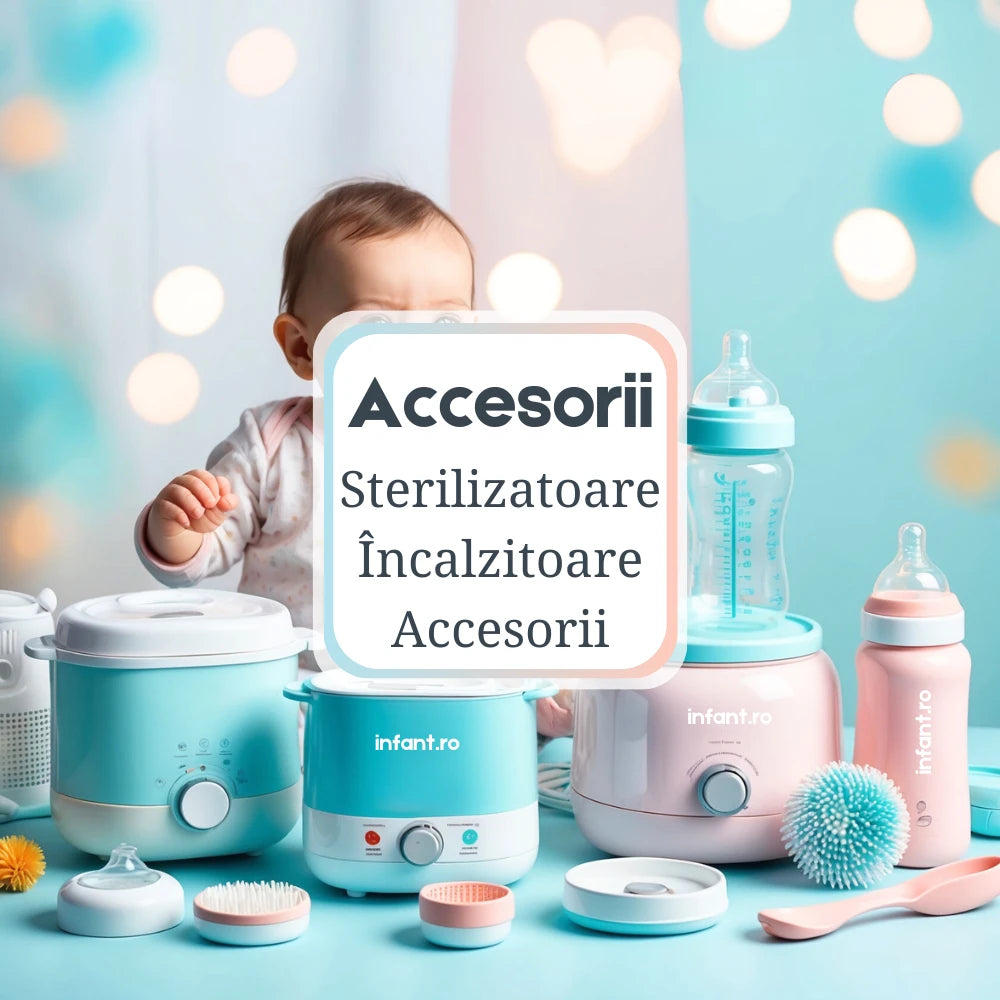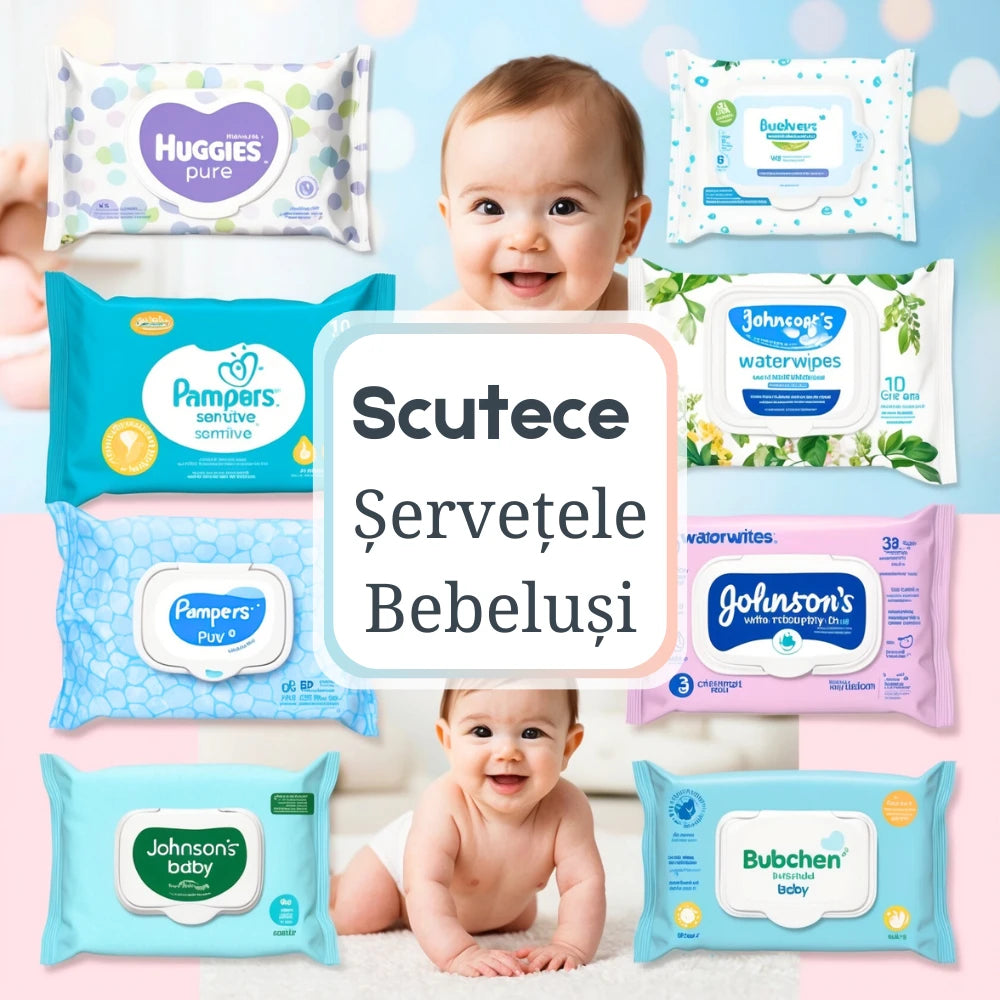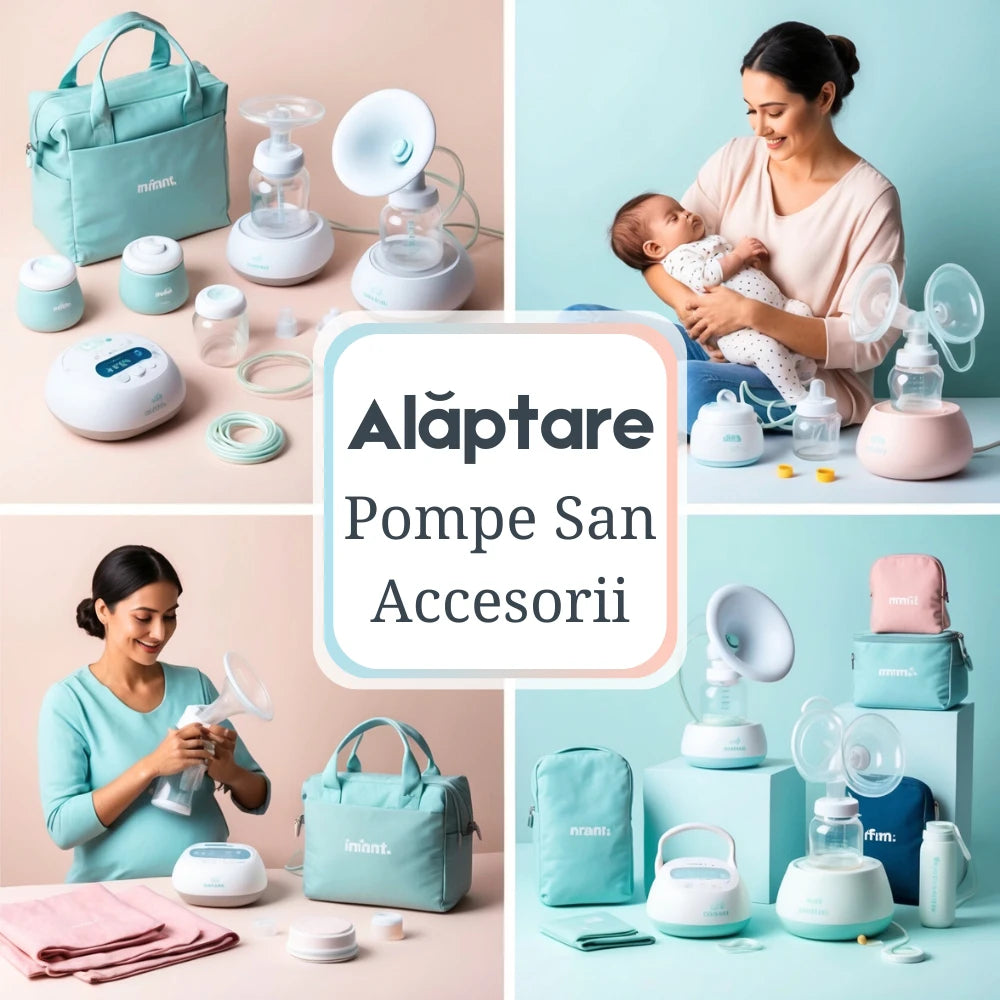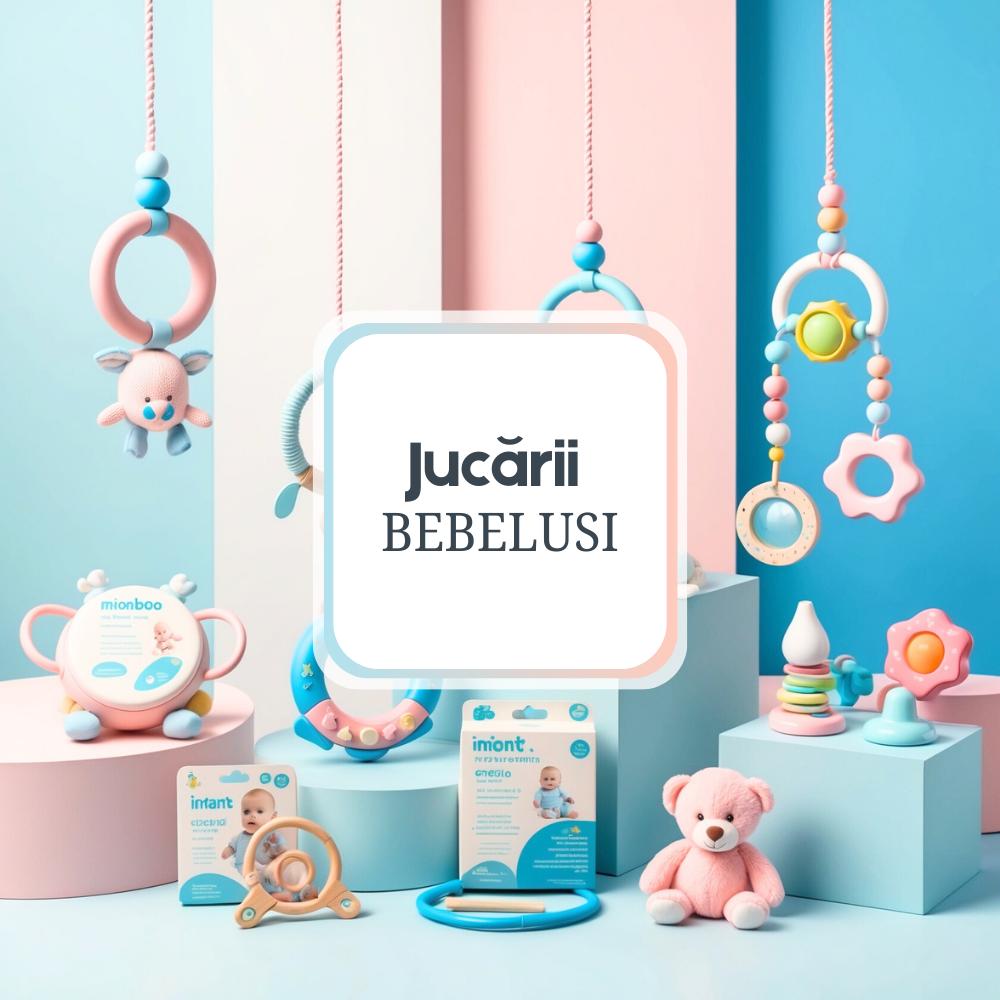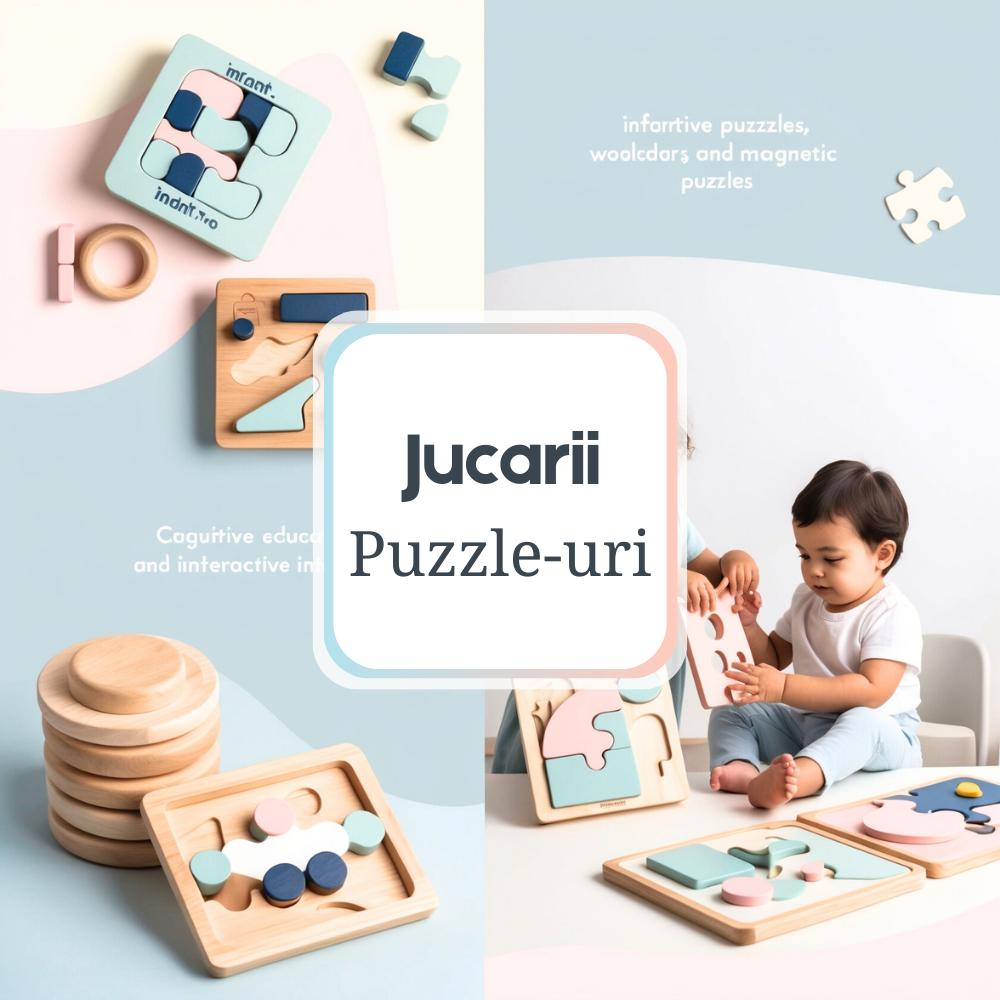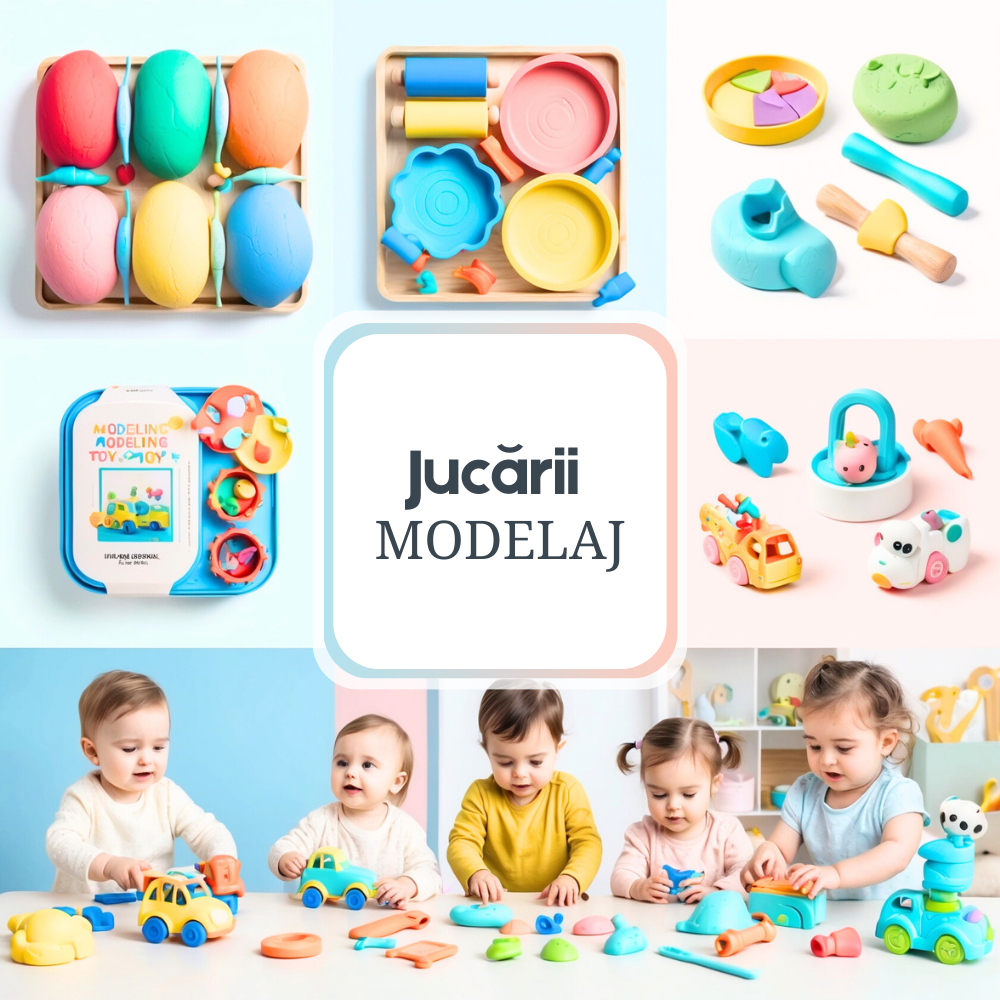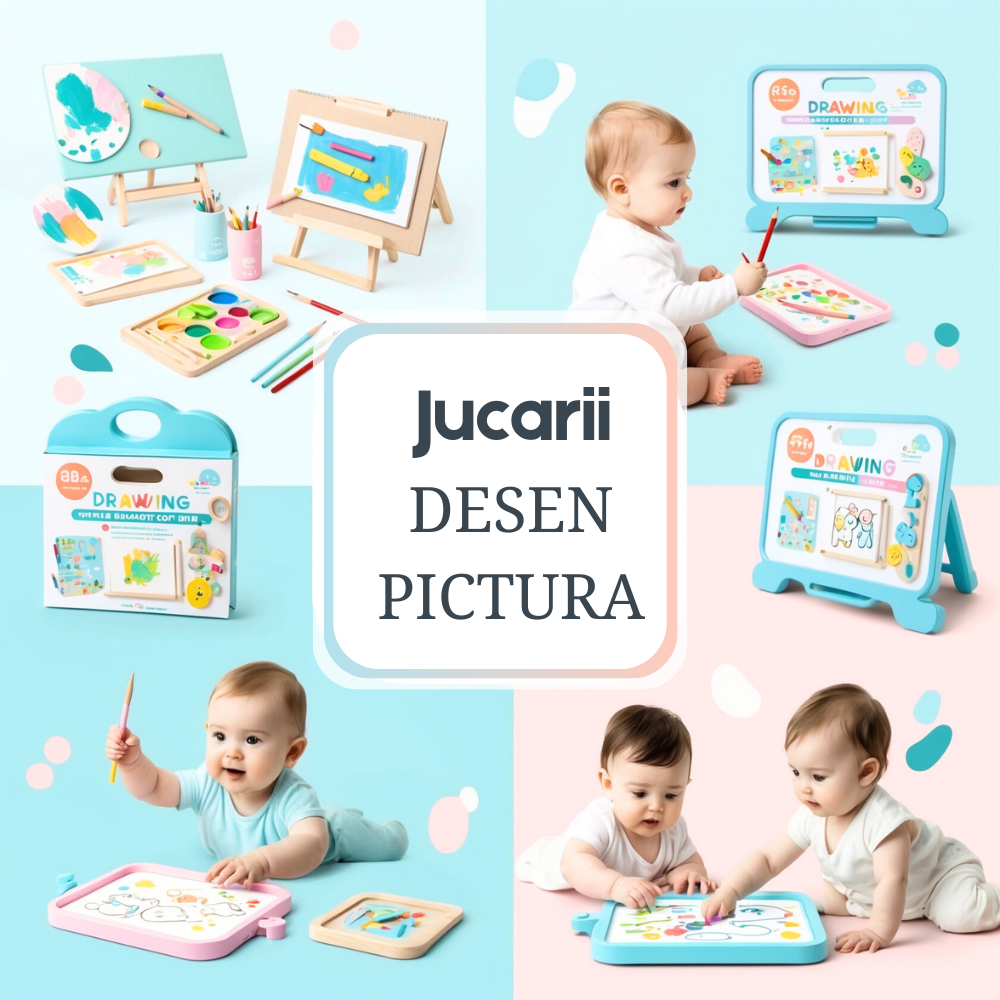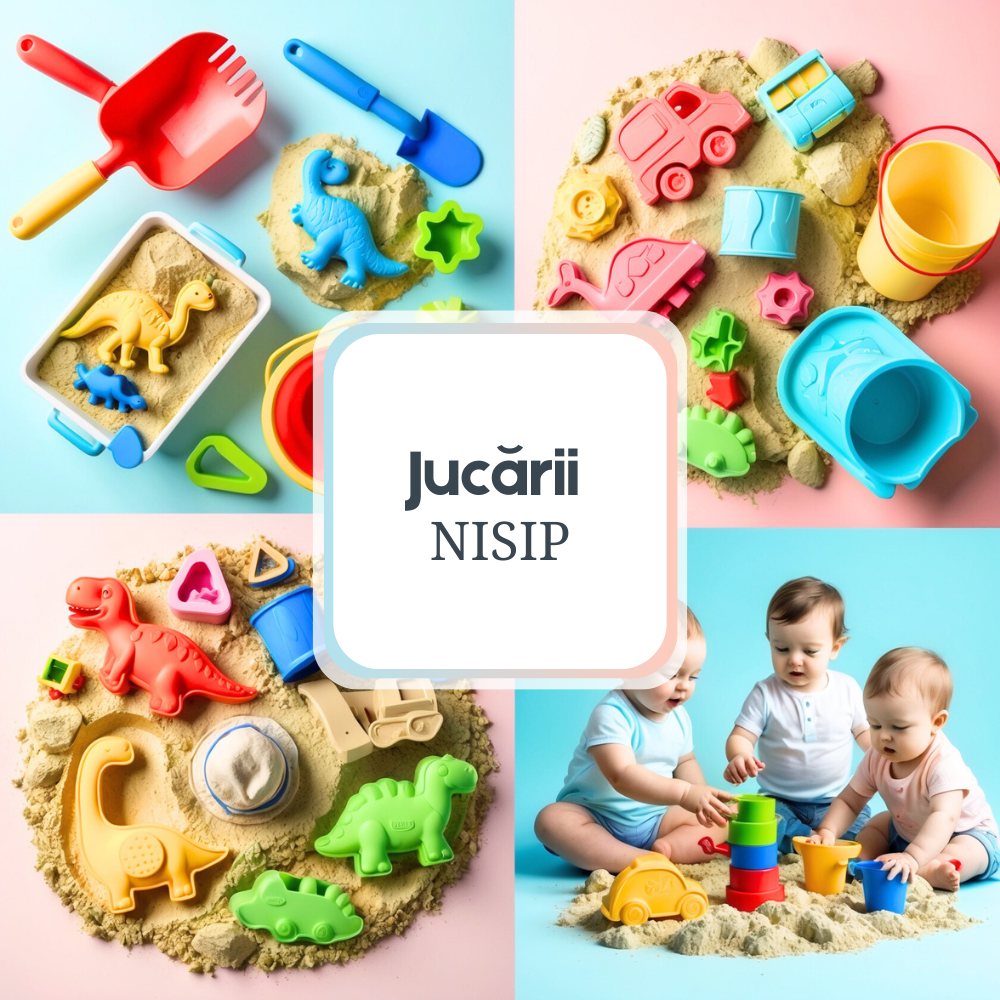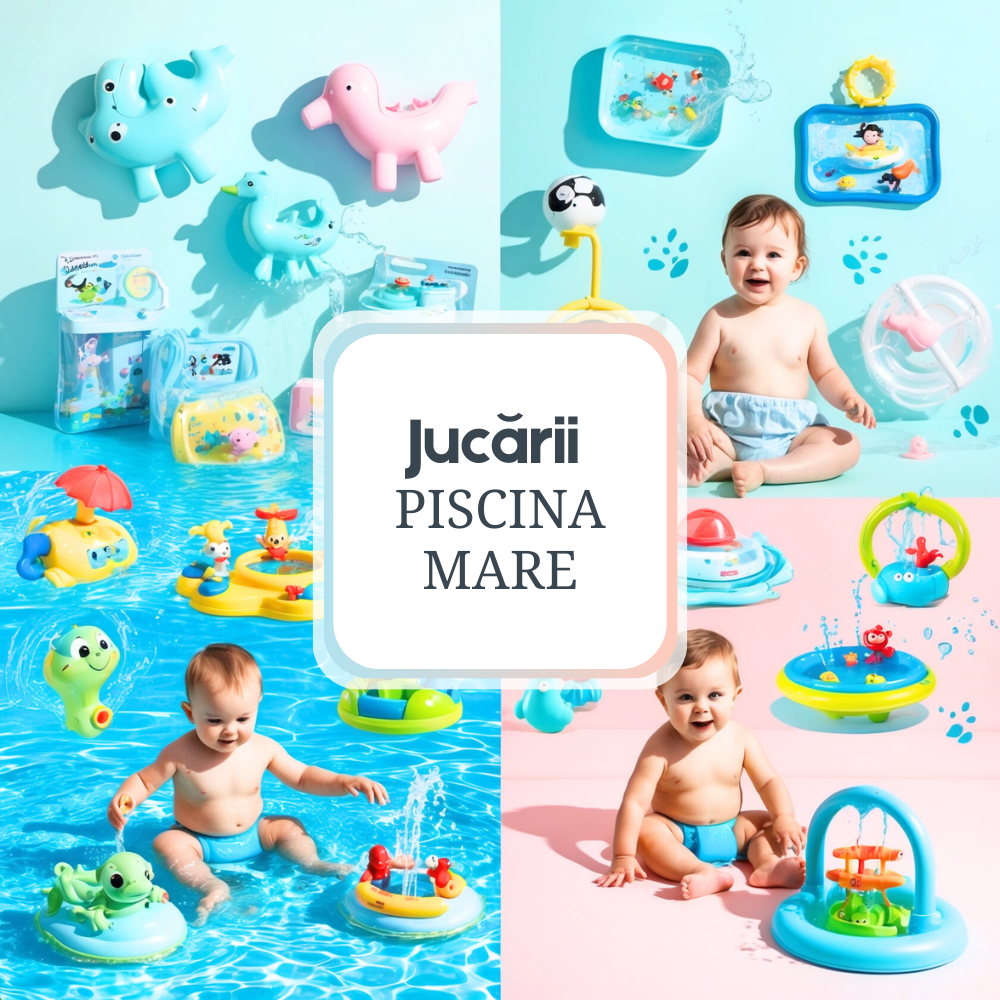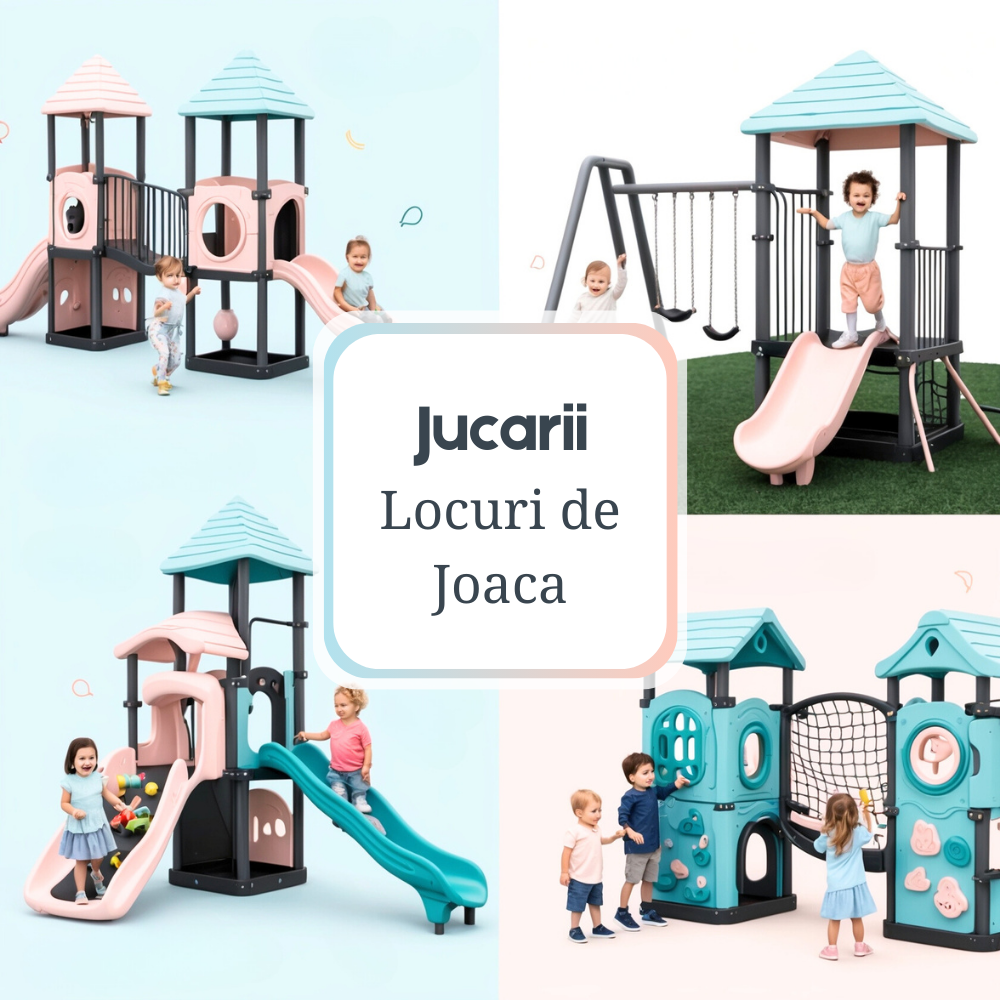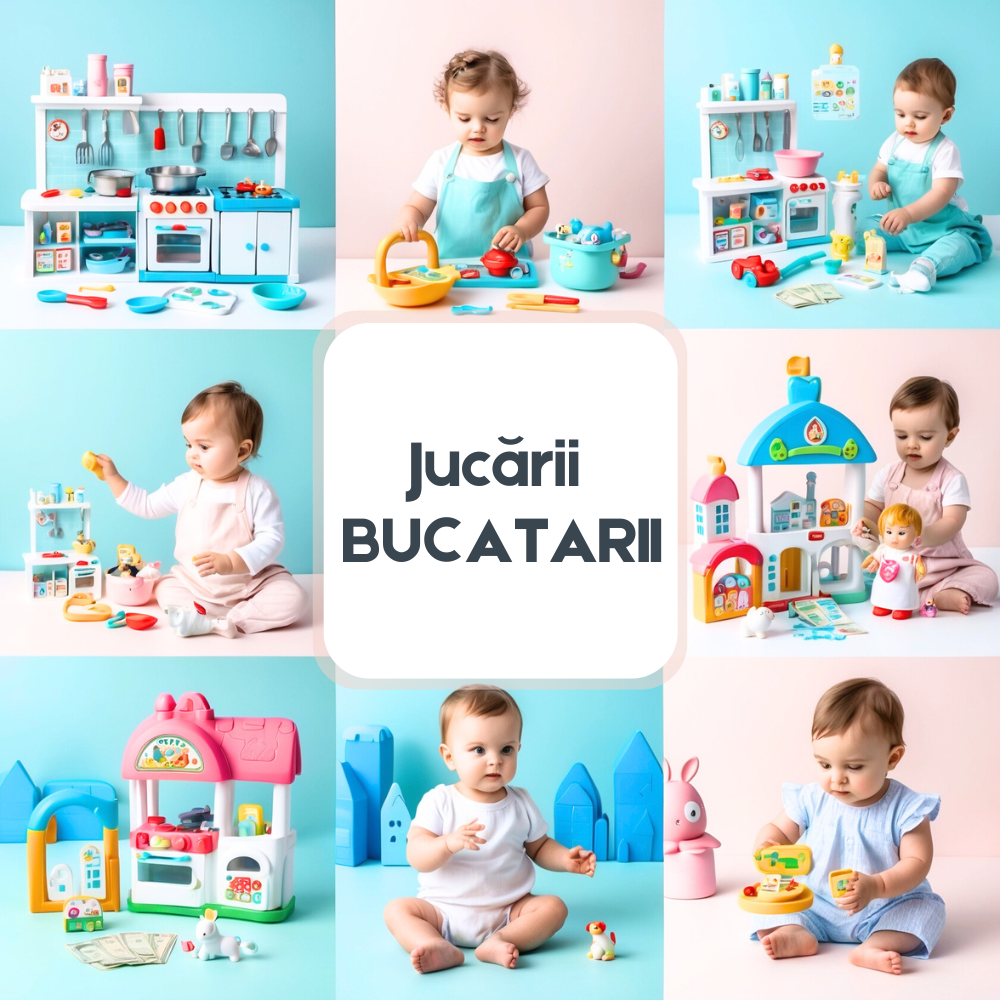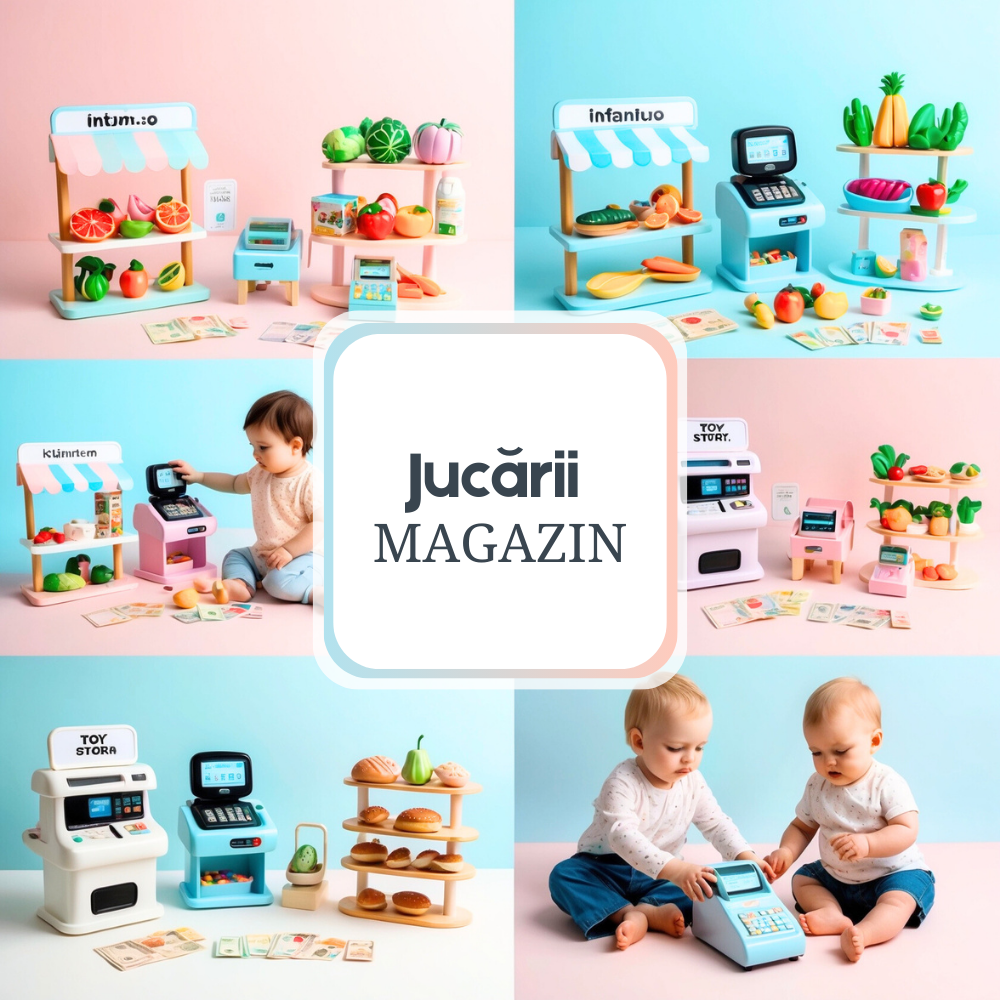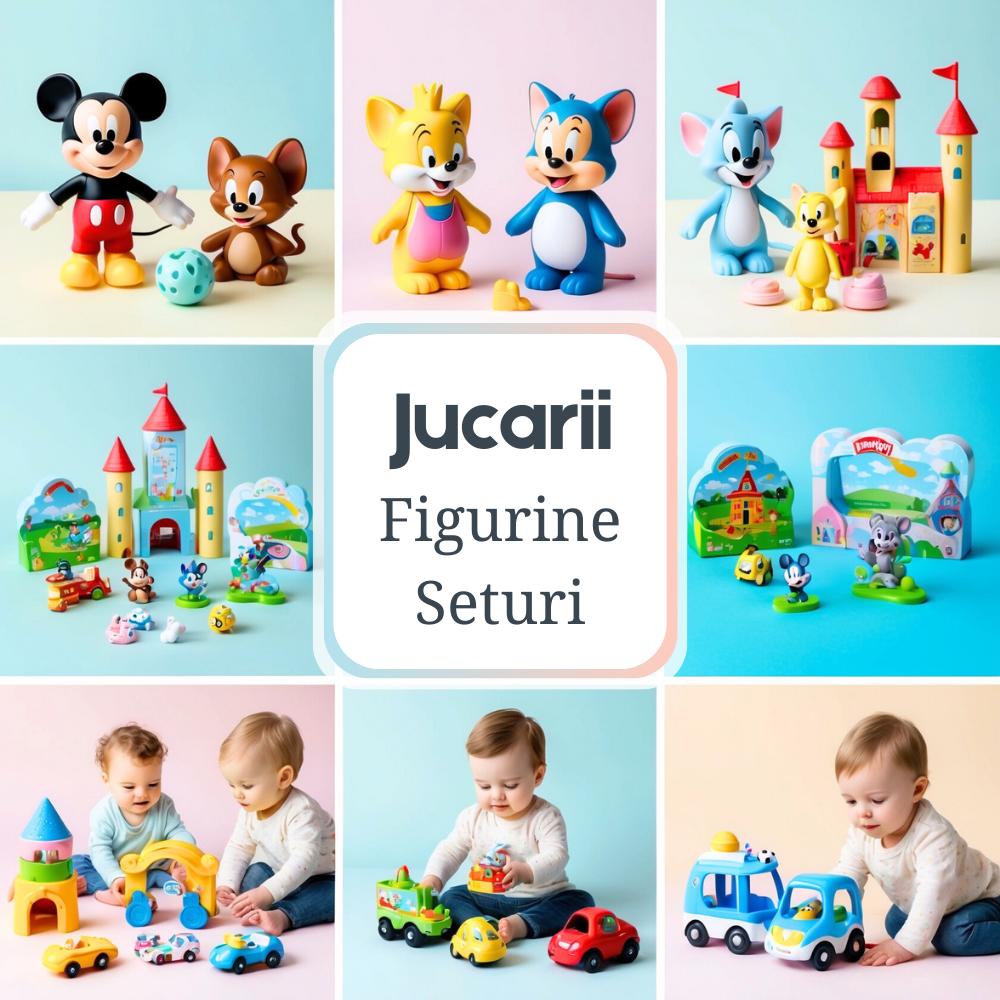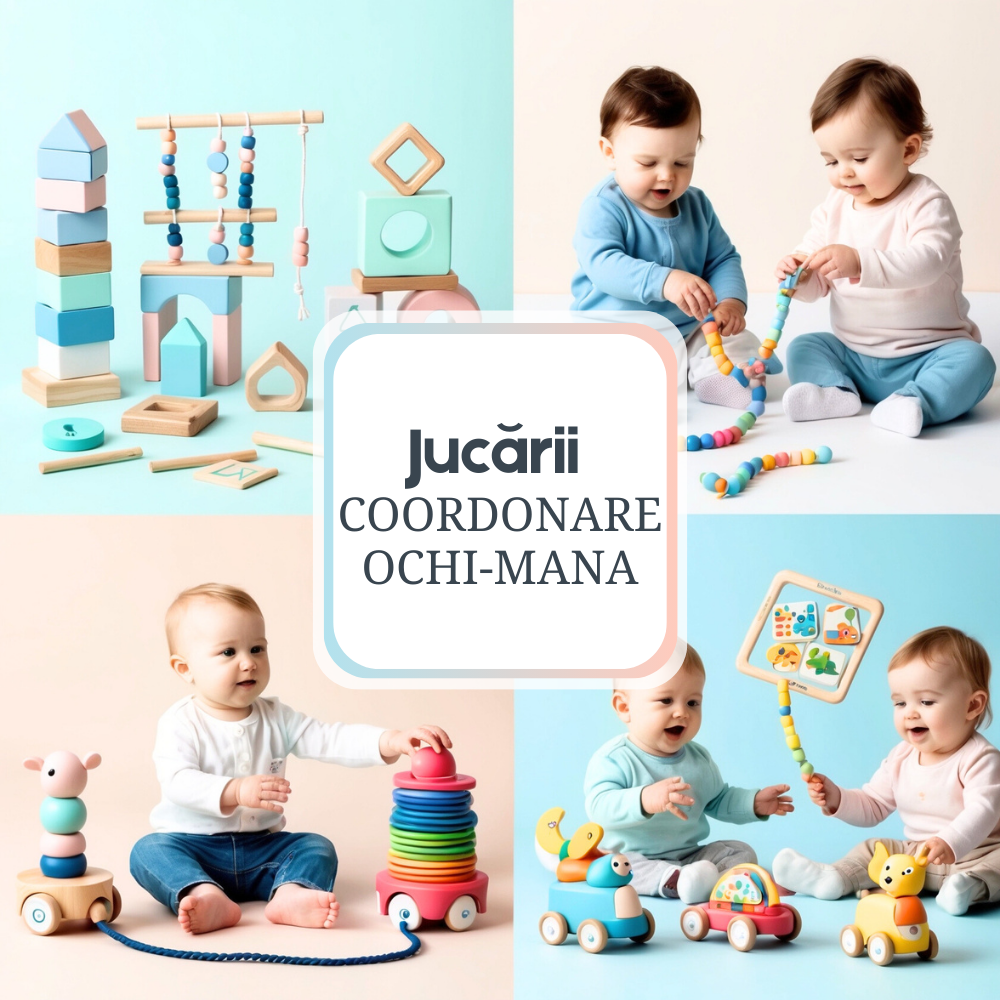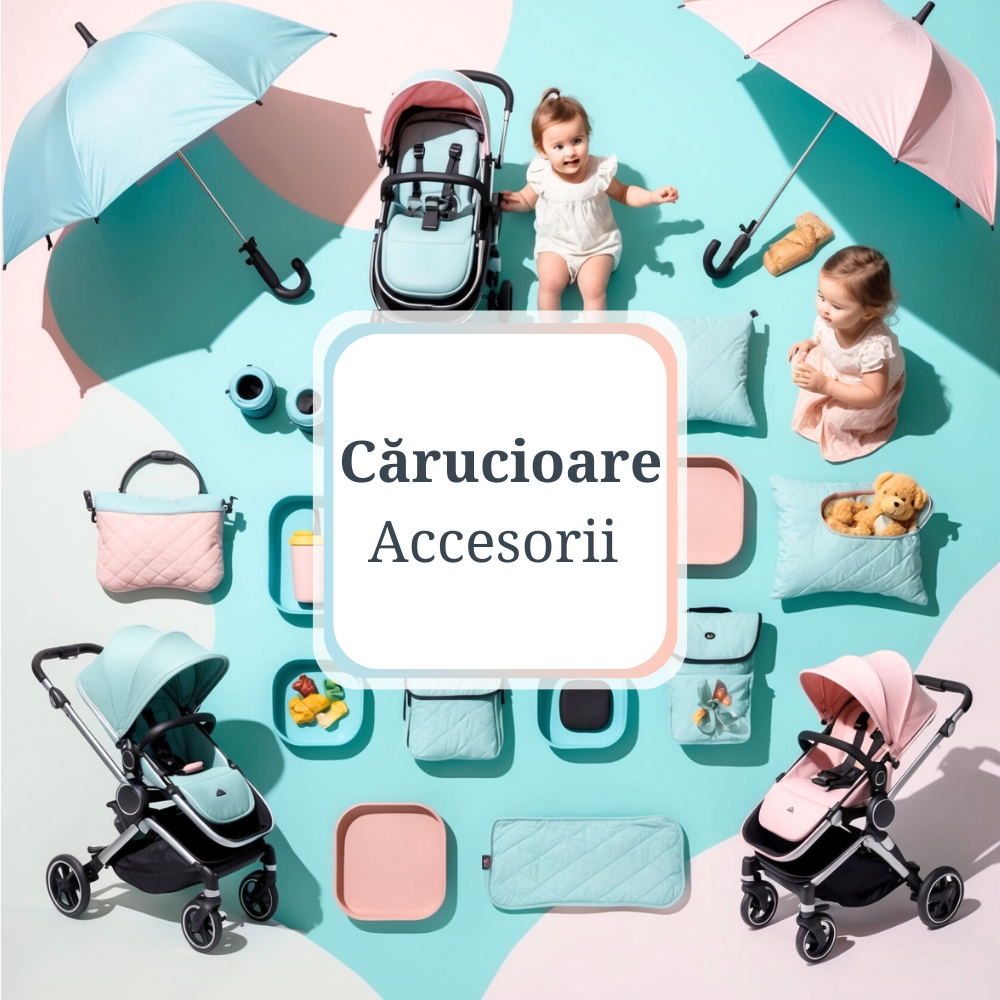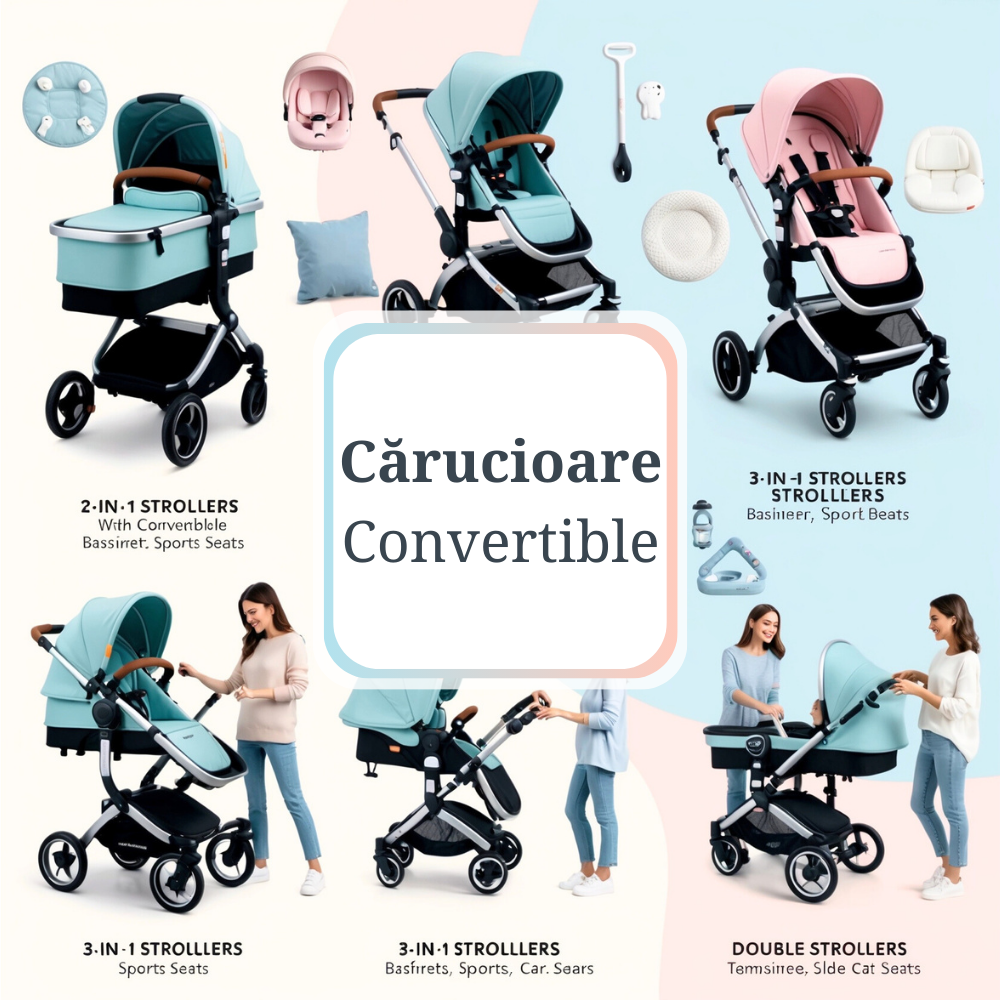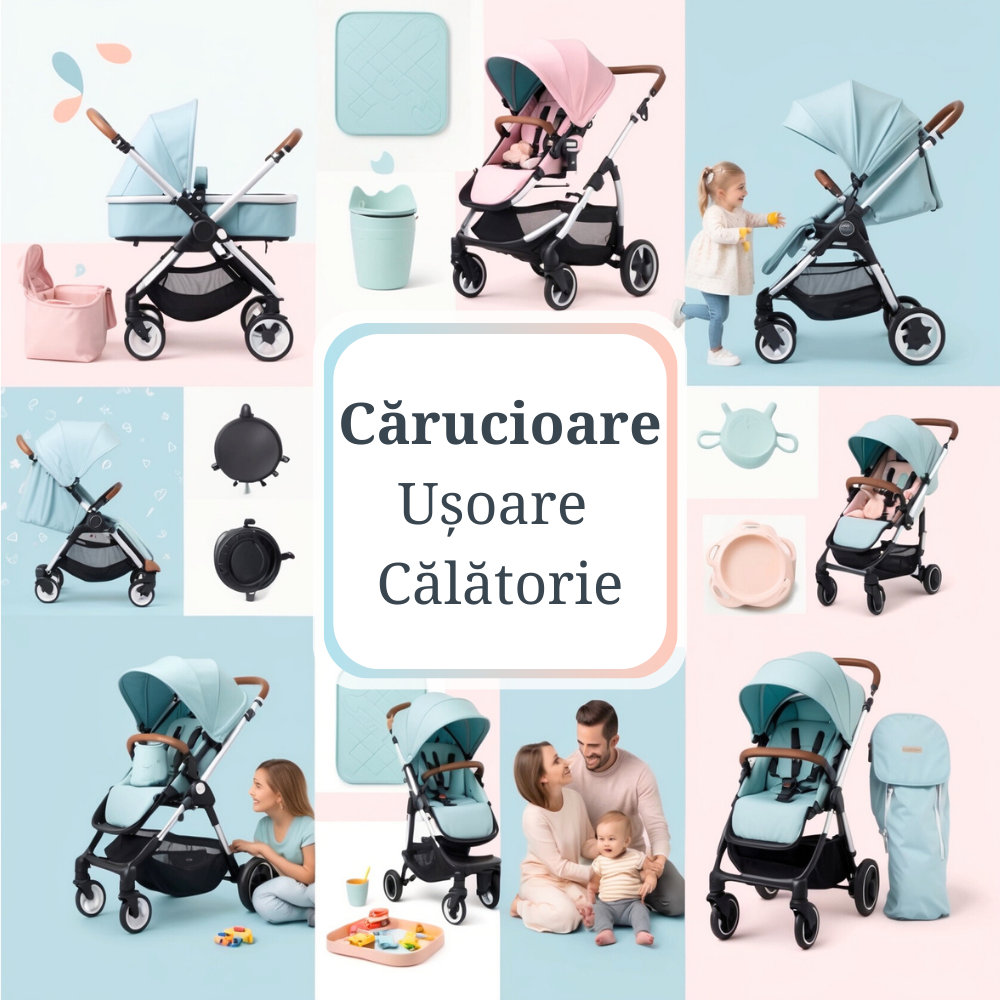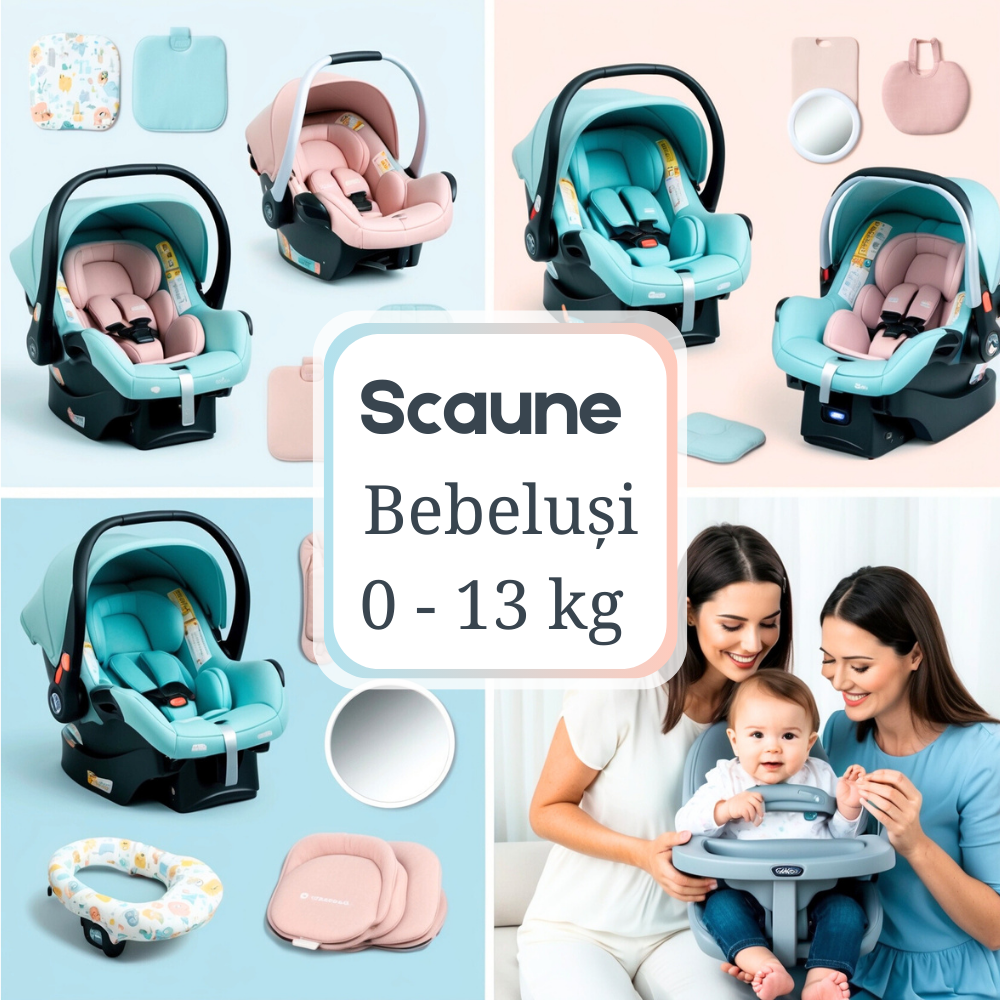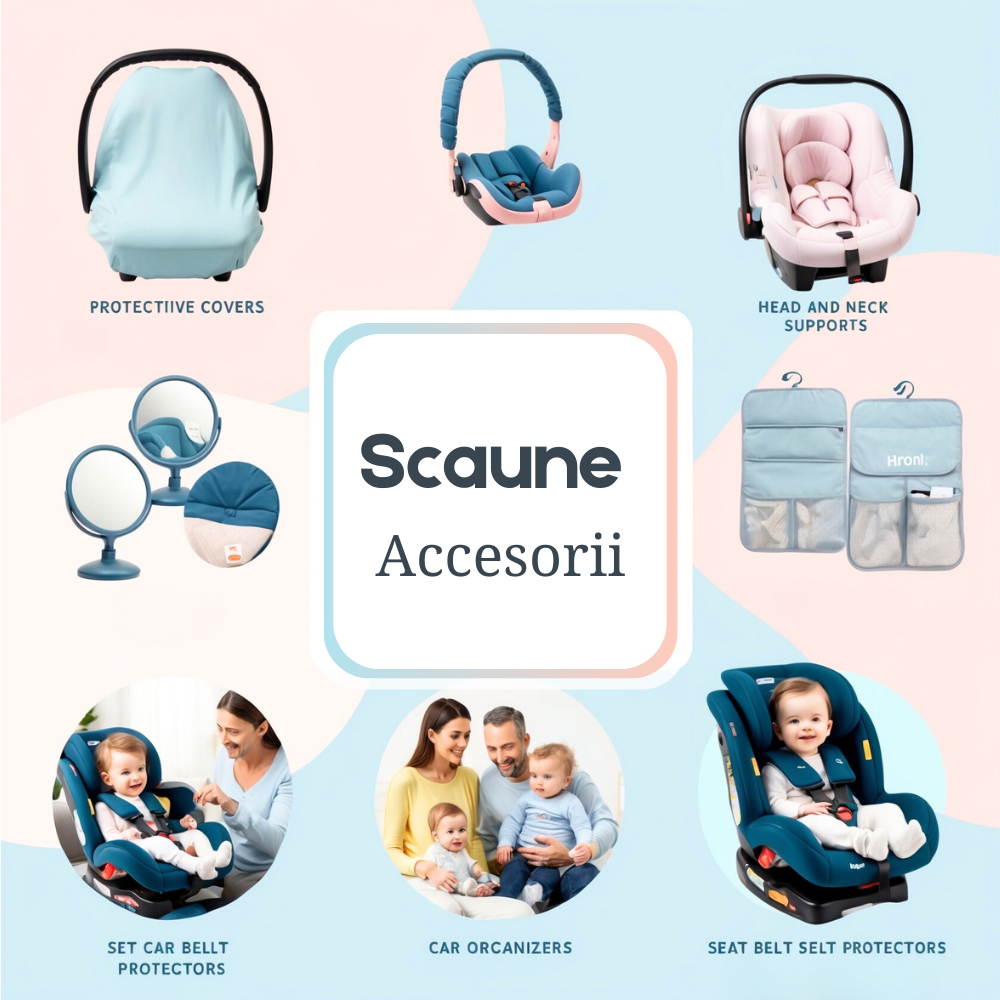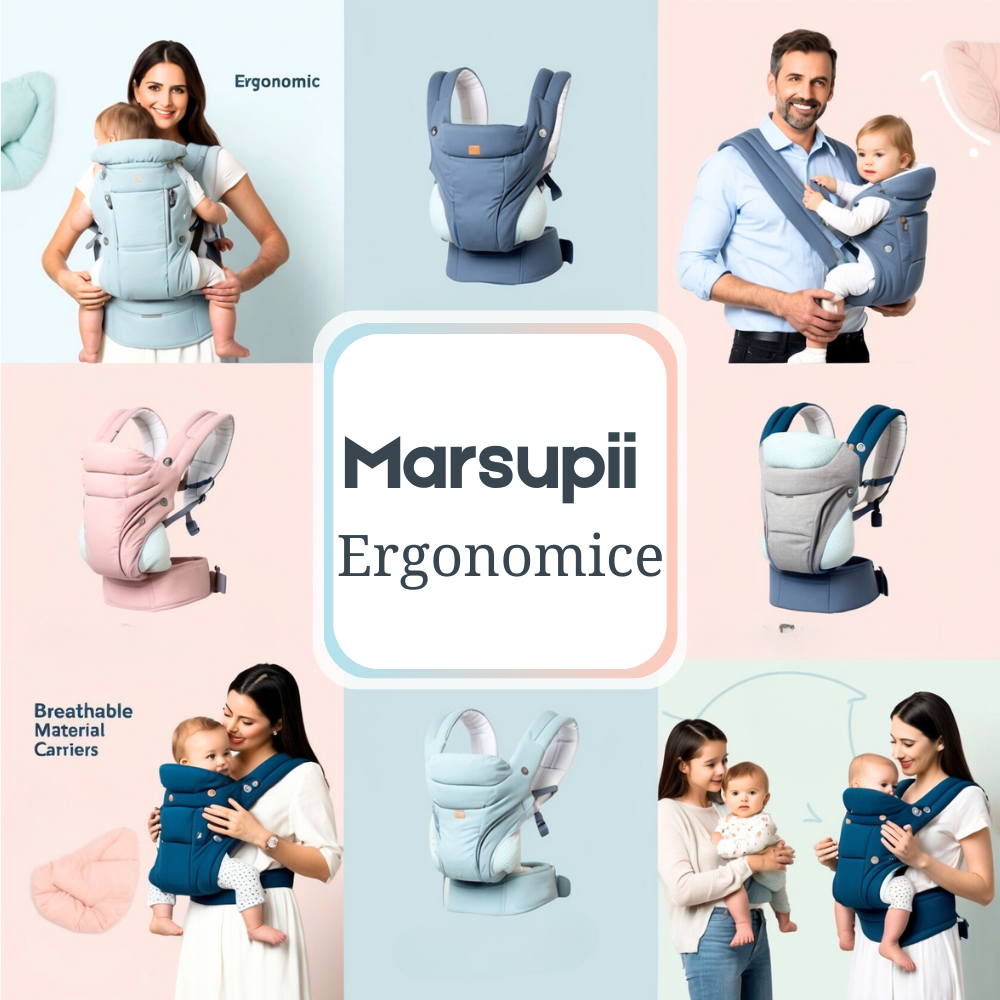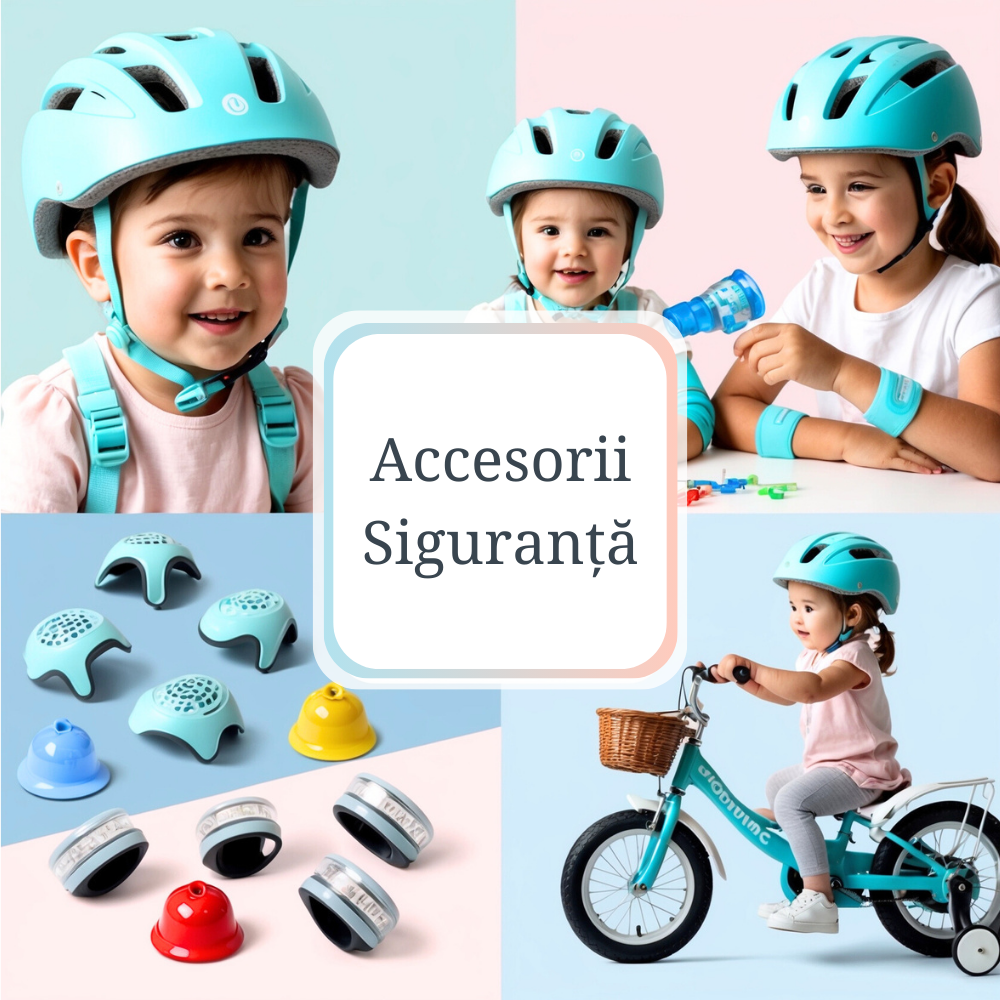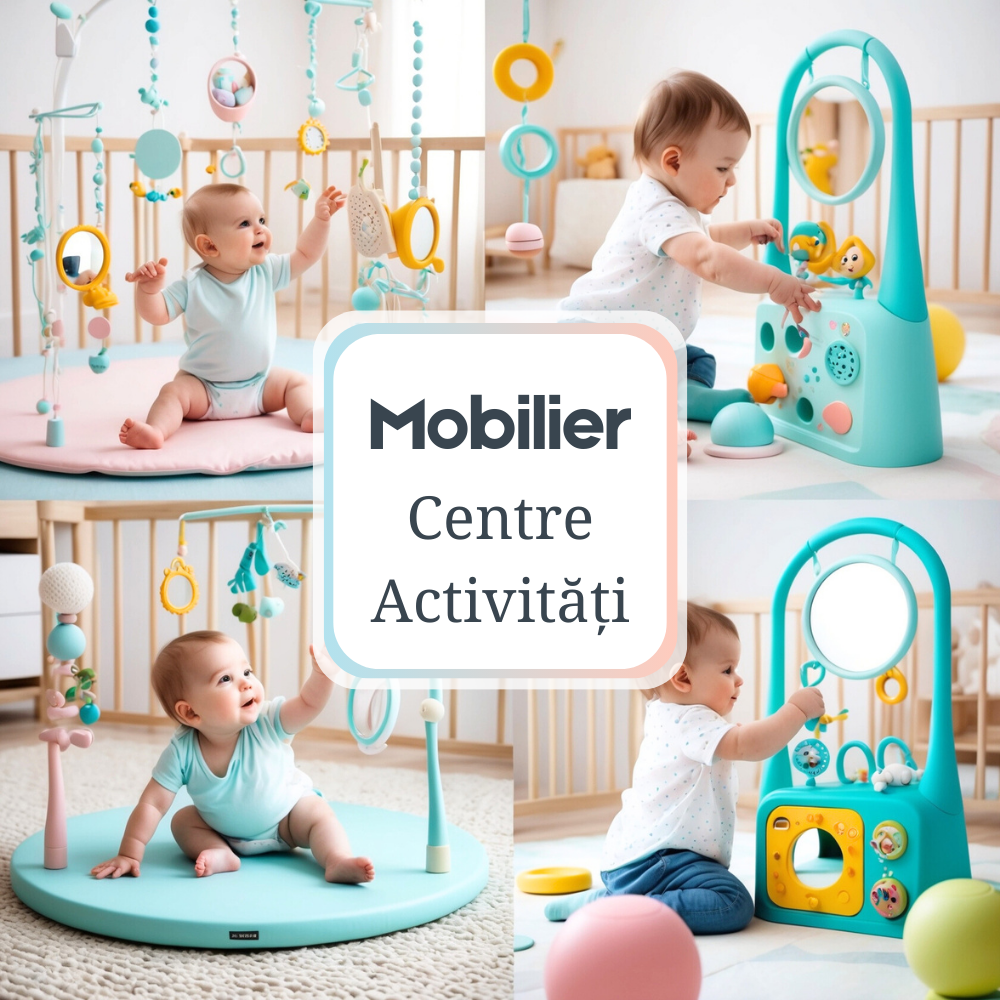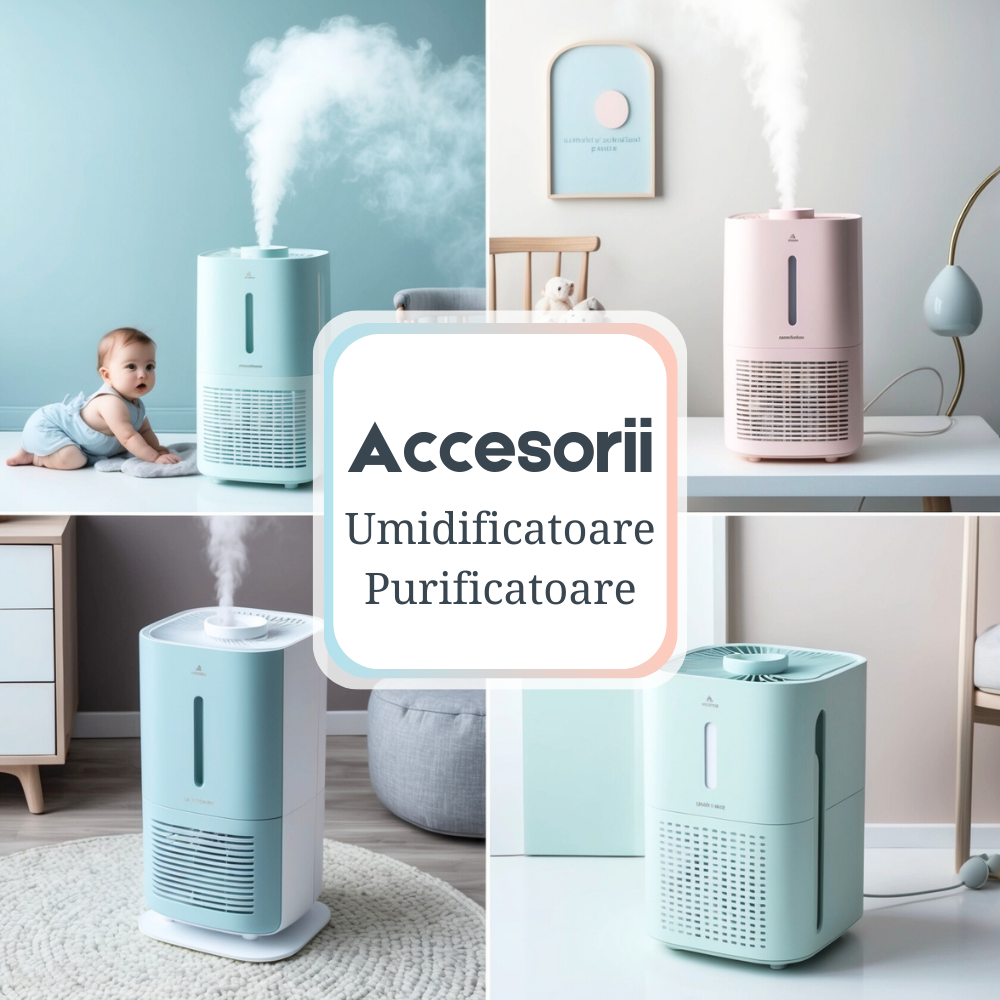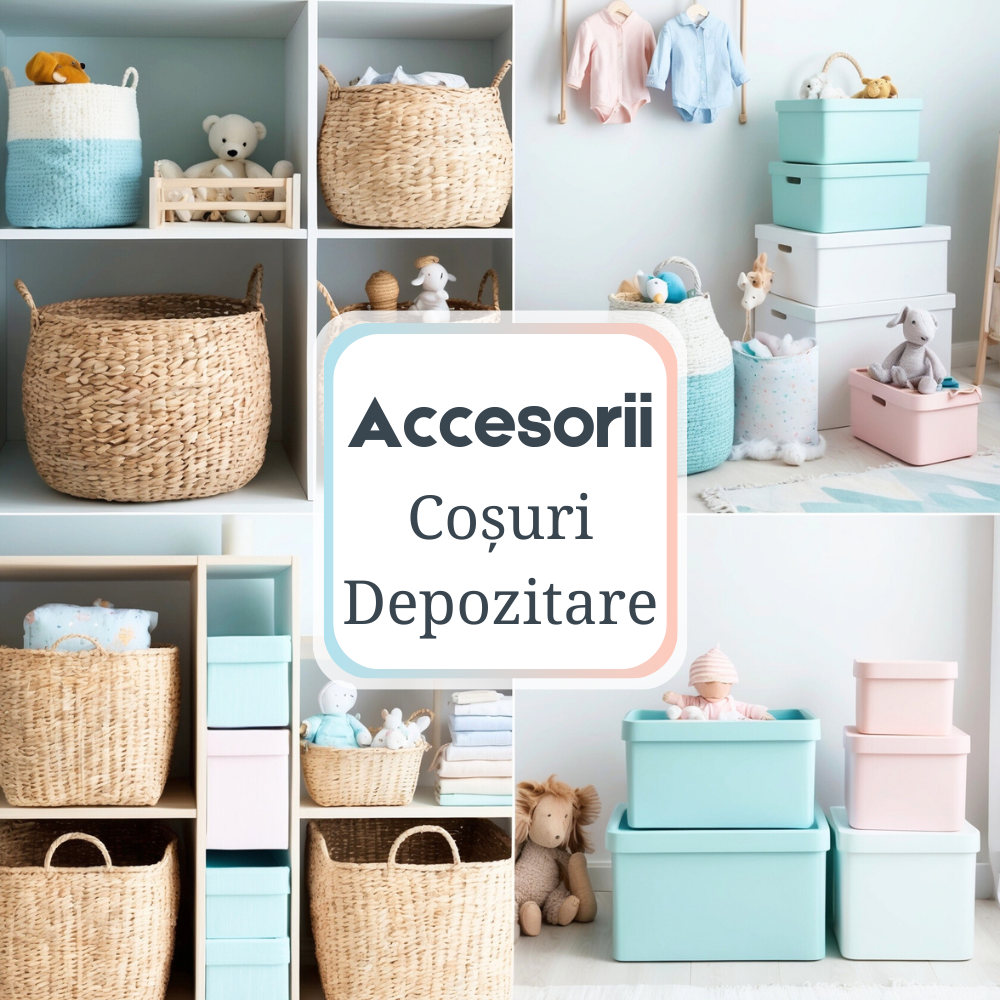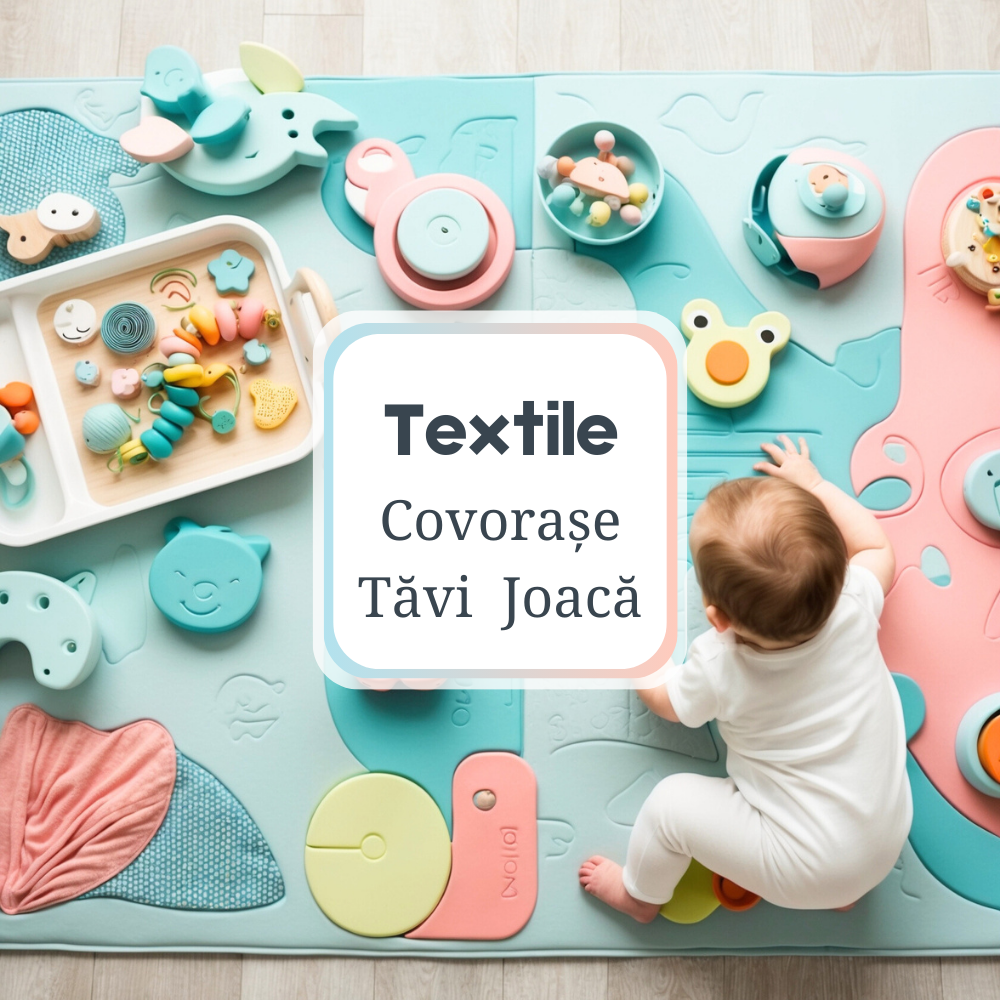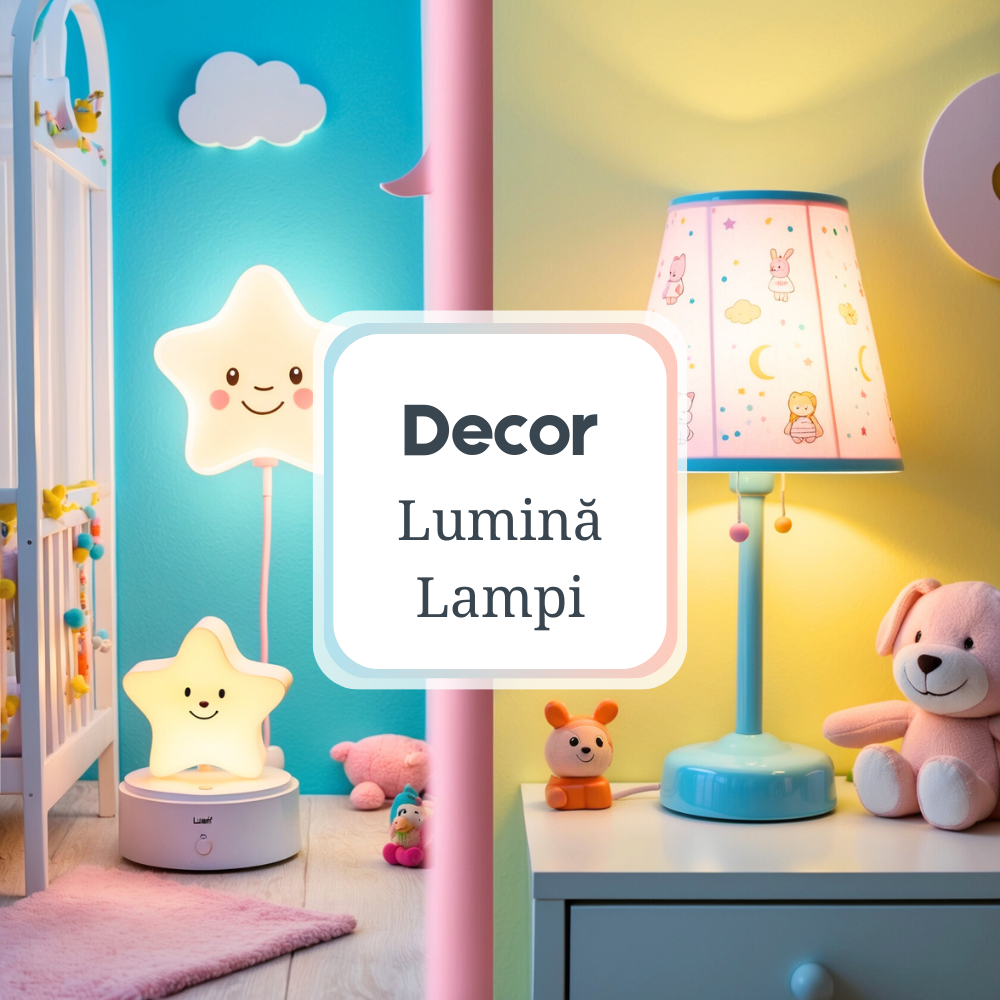Child Development: A Complete Guide to the Essential Stages
Being a parent comes with great joy, but also with many questions and uncertainties - especially when it comes to the health and development of the little one. One of the things that can cause anxiety for new parents is the matter of the baby seat. In this article, we'll cover everything you need to know about the "Baby Chair: How Your Baby Chair Should Be", giving you essential information about baby development.
Motor Development
A baby's motor development is closely related to the health of its digestive system, and the stool is an important indicator of this health. At birth, babies experience the first type of stool, called meconium, which is thick and viscous. In the following days, as the baby begins to feed, the structure and consistency of the stools will change, changing from shades of dark green to yellow or light brown, a sign of normal motor and digestive development.
Language development
Even though it seems unconventional, the baby chair can even have an impact on language development. A healthy digestion is the sign of a satisfied and happy child who will be more open to interact and communicate. For example, a baby suffering from colic or abdominal discomfort may be more irritable and spend less time exploring sounds and words.
Baby Chair: How the Baby Chair Should Be
The frequency, consistency and color of baby's stool is often a puzzle for parents. It is essential to know that in the first weeks of life, a baby can have between 3-4 stools a day, or even one stool after each feeding. This is the norm for breastfed babies, while formula-fed babies may have less frequent stools - sometimes even every 2-3 days.
Stool consistency in babies also varies. Breastfed babies usually have soft stools that may even be runny, while formula-fed babies have firmer stools that may look closer to an adult's. It's important to remember that any sudden or extreme change in stool consistency or frequency may be a sign that a visit to the pediatrician is needed.
The color of the stool can also provide important clues. Normal colors range from yellow, light brown to green. Stools with white, red, or black spots, or those that are very pale or very dark in color, may indicate digestive problems and require immediate medical attention.
Breastfeeding and its Impact on the Stool
Breastfeeding is a key factor in a baby's healthy development, including when it comes to the stool. Breast milk is easy to digest and promotes a healthy intestinal environment full of beneficial bacteria. These bacteria help break down food and protect against infection, leading to normal stool frequency and consistency.
Milk Formula and Differences in Stool
On the other hand, formula can be more difficult to digest, which can cause formula-fed babies to have less frequent and firmer stools. Although this is generally normal, it is important to monitor your baby closely for any signs of discomfort or difficulty passing stool, such as constipation.
Stools and Health Problems
In some cases, changes in stool can indicate health problems, such as food allergies, intolerances or infections. For example, a stool with mucus or blood may indicate an allergy to cow's milk proteins, while a very liquid and frequent stool may signal an infection. In these cases, it is crucial to consult a pediatrician.
Common Concerns of Parents
It's perfectly normal for parents to have concerns about the appearance and frequency of their baby's stools. The most important thing is to know the signs of healthy development and be aware of when changes may indicate a problem. Keeping a stool diary of your child can help monitor any changes and discuss this with your pediatrician.
Conclusion
In conclusion, gastrointestinal health is a key aspect in a child's overall development. Your baby's stool provides valuable clues about his health, and as a parent it's essential to understand what's normal and when you need to act. Careful monitoring and good communication with your health care professional are essential to ensure the best possible development for your baby. Being informed and staying calm in the face of variation is the best thing you can do for your child and yourself as a parent.




